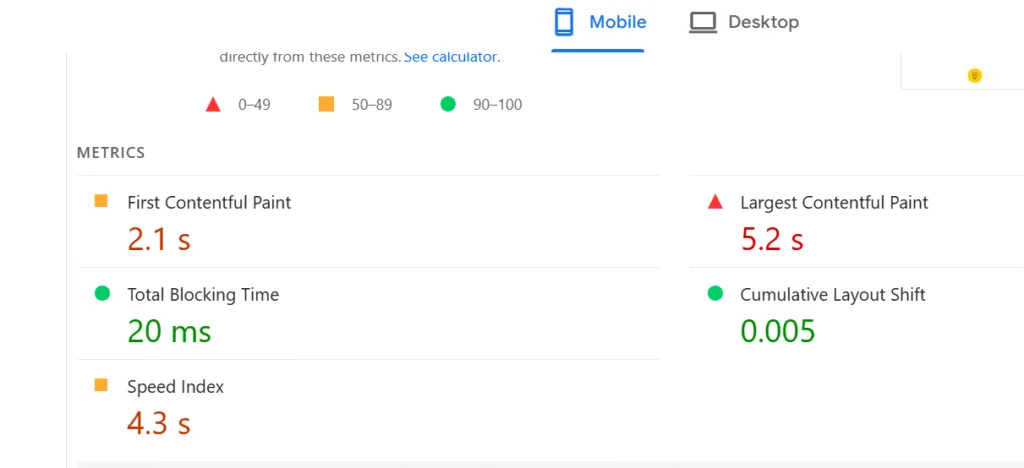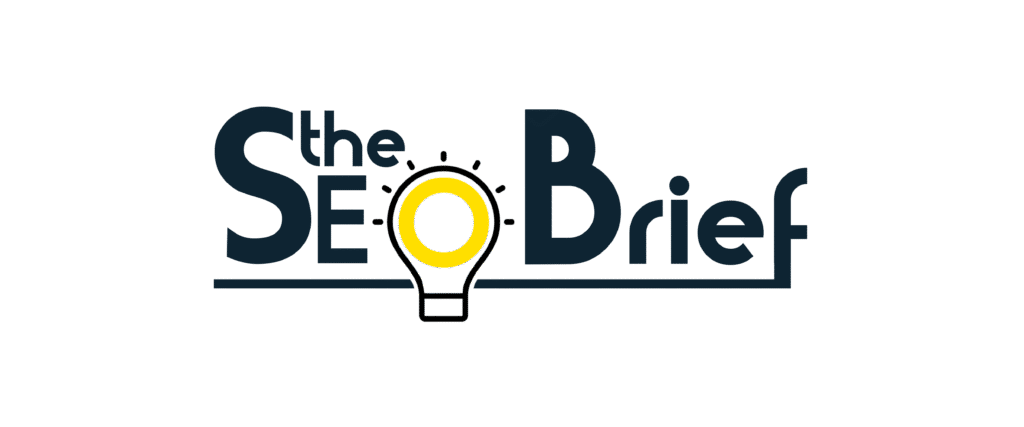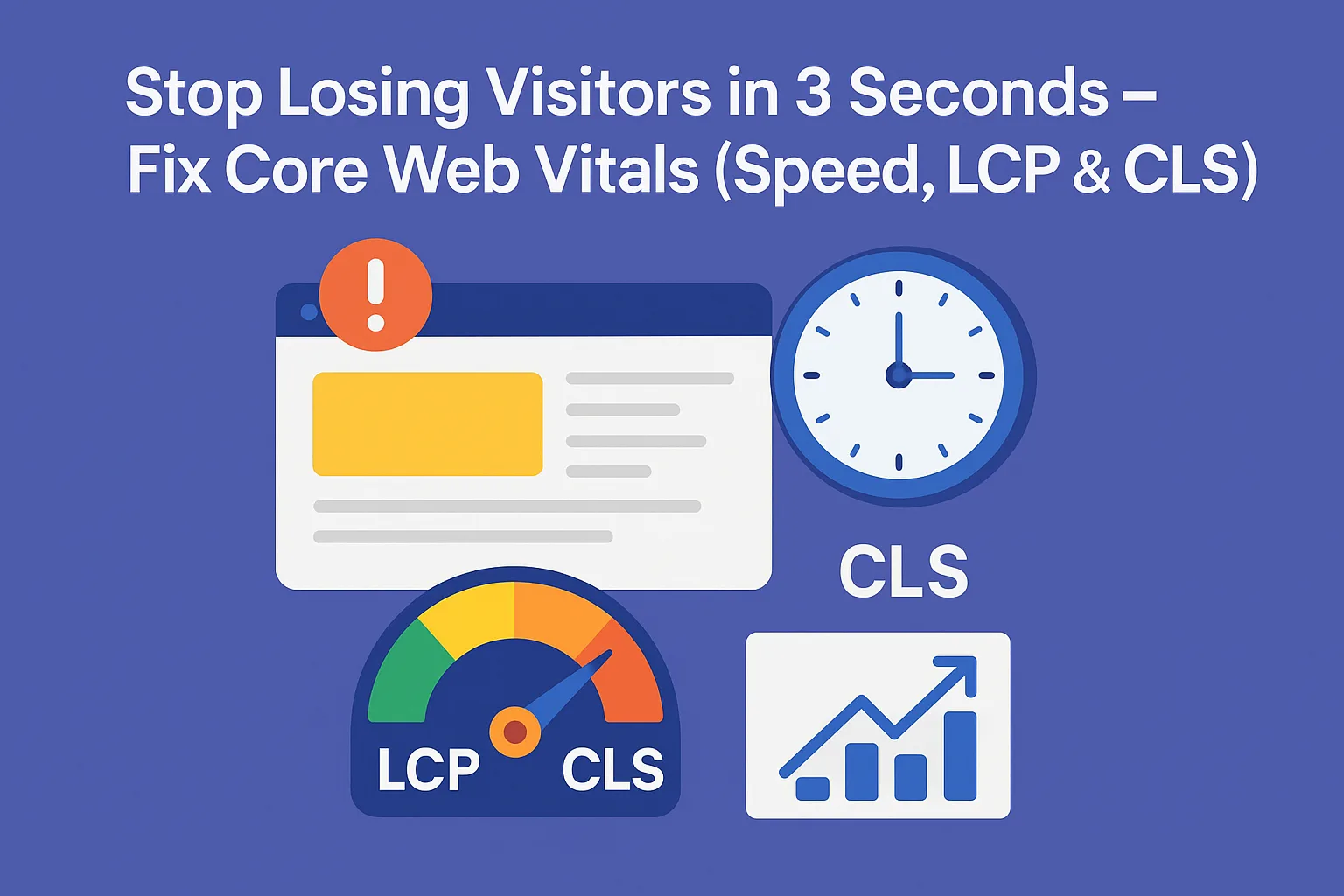Stop Losing Visitors in 3 Seconds – Fix Core Web Vitals (Speed, LCP & CLS)
Is your slow, unstable website driving customers away? Core Web Vitals (Speed, LCP, CLS) are the silent killers of traffic and rankings. Learn how to fix them fast and keep visitors engaged.
Table of Contents
Why Core Web Vitals Matter (CWV) in 2025
These are one of the most important aspects of Technical SEO—ensuring that your website is not optimized for keywords, but also for real user experience.
Imagine this… You click on a website, hoping to quickly read an article, shop, or get some information. But instead, the page just drags on—loading slowly, shifting around, making you wait. Frustrating, right? You’re not alone. In fact, studies show that 53% of people leave a site if it takes longer than 3 seconds to load.
This is exactly why Google introduced a set of simple yet powerful metrics that measure how good (or bad) a website feels for users. Think of them as a health check for your site’s speed, stability, and overall experience.
And here’s the kicker: these vitals don’t just affect your visitors—they also impact your SEO rankings. That means if your site performs poorly, you’re not just losing visitors, you might also lose your spot on Google’s search results.
In this blog, we’ll break down what Core Web Vitals are, why they matter, how to improve them, and tools you can use.
Why Core Web Vitals Are Crucial for SEO
Passing Core Web Vitals is a technical SEO requirement. While on-page SEO focuses on content and keywords, technical SEO ensures your site loads fast, is stable, and provides a smooth browsing experience.
Here is a set of three key performance metrics that evaluate how users experience your website:
1. Largest Contentful Paint (LCP)
Measures: Time to load the largest content on the screen (image, video, or text block).
Benchmark: Under ≤ 2.5 seconds.
Why it matters: Slow loading frustrates users and increases bounce rates.
How to Improve LCP
- Upgrade hosting & use a CDN.
- Compress & serve images in WebP/AVIF.
- Implement lazy loading for media.
- Minify CSS & JavaScript.
- Preload critical resources like hero images.
2. First Input Delay (FID) - Interaction to Next Paint (INP)
Measures: How quickly your site responds when a user first interacts (clicks, taps, scrolls).
Benchmark: FID ≤ 100ms | INP ≤ 200ms.
Why it matters: Laggy pages make users feel the site is broken.
How to Improve FID/INP
Reduce JavaScript execution time.
Split large JS tasks into smaller chunks.
Defer or async load non-critical JS.
Use browser caching.
Preconnect to important third-party domains.
3. Cumulative Layout Shift (CLS)
Measures: Visual stability (does the page move around while loading?).
Benchmark: CLS ≤ 0.1.
Why it matters: Shifting buttons, forms, or ads frustrate users and cause accidental clicks.
How to Improve CLS
Always define width & height for images and videos.
Reserve space for ads, banners, and embedded media.
Avoid placing new content above existing content.
Use
font-display: swapfor web fonts.

Why CWV Are Crucial for SEO
Impact on Google Rankings
Since May 2021, Core Web Vitals have been a Google ranking factor. Sites that pass CWV often outrank competitors with similar content.
User Experience → Conversions
Fast, stable websites reduce bounce rate and increase conversions. Research shows that a 1-second delay in load time can drop conversions by 7%.
Tools to Measure
You don’t have to guess—use free tools to check your site’s performance:
Lighthouse (built into Chrome DevTools)
Step-by-Step Strategy to Improve
1. Upgrade Hosting & Server Performance
A slow server = slow website. Invest in quality hosting and enable a CDN.
2. Optimize Images & Videos
Convert to WebP/AVIF, compress without losing quality, and lazy load media.
3. Clean Up JavaScript & CSS
Remove unused code, minify, and async load scripts where possible.
4. Mobile-First Design
More than 60% of traffic is mobile—optimize for responsive design and fast loading.
5. Continuous Monitoring
Run a Technical SEO audit regularly to catch site speed, indexing, and Core Web Vitals issues early.
Common Mistakes to Avoid
Not setting dimensions for images.
Overusing heavy third-party scripts.
Ignoring mobile performance.
Using oversized uncompressed media.
FAQs
Q1: Do Core Web Vitals replace SEO?
Q2: How often should I check metrics?
Q3: What’s the difference between FID & INP?
Q4: Are Core Web Vitals part of Technical SEO?
Considering all this
Core Web Vitals aren’t just about pleasing Google—they’re about delighting your visitors. A fast, stable site means happier users, better engagement, and higher conversions.
🚀 Don’t wait until your rankings drop.
👉 Test your Core Web Vitals today and start optimizing for speed, stability, and user satisfaction.
Follow this checklist to pass Google’s Core Web Vitals and create a faster, more stable, and SEO-friendly website.

